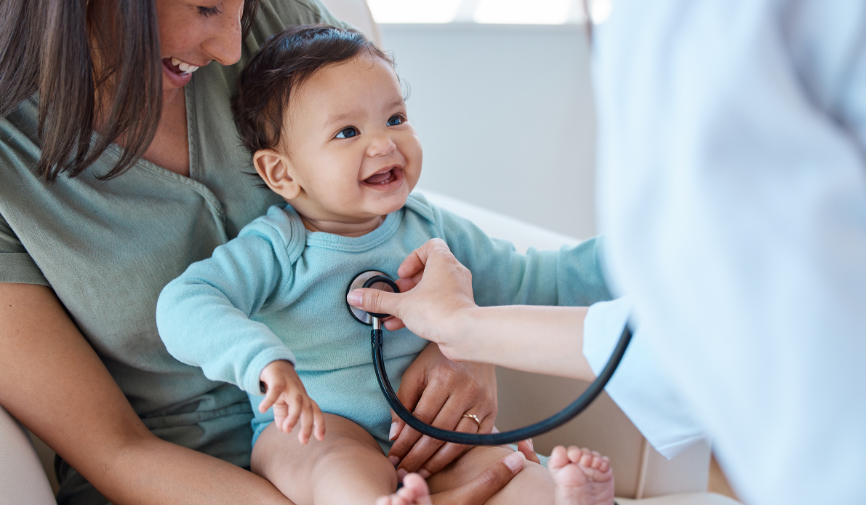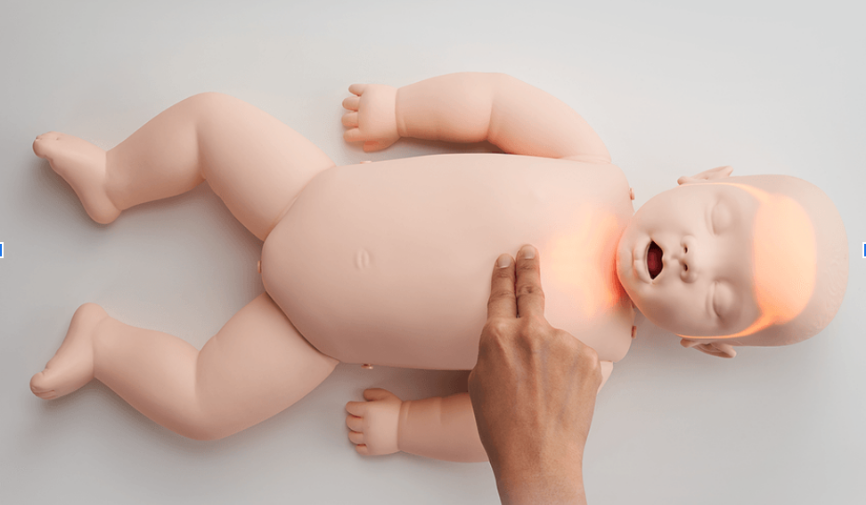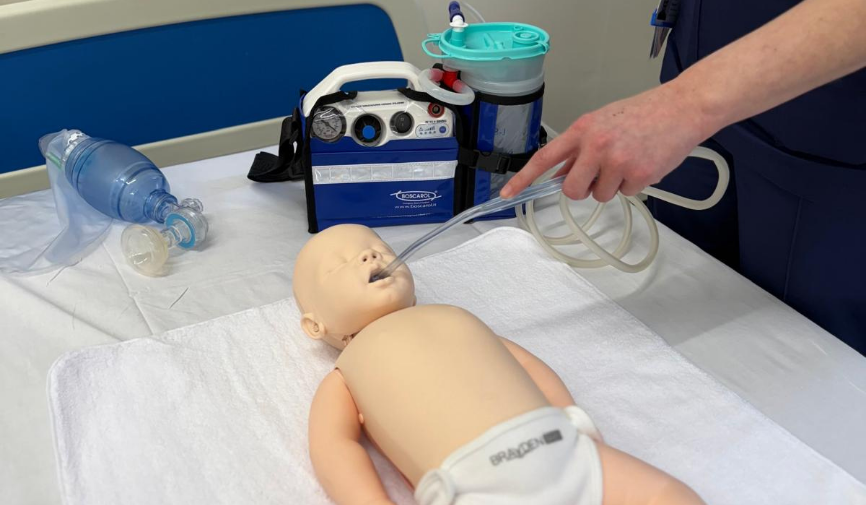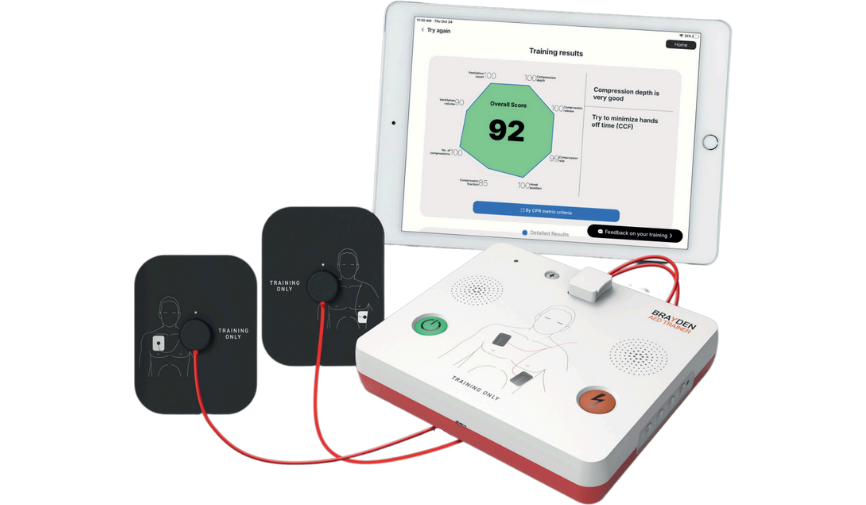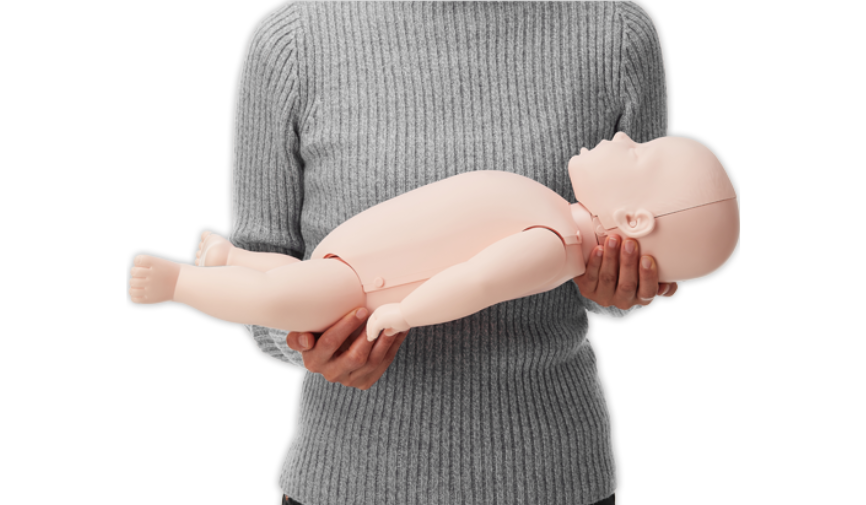As parents, carers, or healthcare professionals, there’s nothing more vital than ensuring the safety and wellbeing of a child. Accidents and medical emergencies can happen in the blink of an eye, and when they do, every second matters.
Knowing how to react swiftly and effectively can mean the difference between life and death. This is where the importance of baby CPR training comes in. Despite the overwhelming need, there still remains a gap in the availability and awareness of CPR training specifically designed for babies and infants.
To fully come to terms with why it’s important to train for baby CPR, we need to look beyond conventional first aid and grasp why babies require a totally different approach than adults or even older children.
Traditional CPR Training is Not Always Applicable to Babies
Many readers will be familiar with the general CPR procedures. That said, we as a society often fail to recognise that infants and babies, particularly under the age of one, aren’t simply miniature versions of adults.
Unfortunately, across much of the healthcare sector and public awareness campaigns, children are frequently treated as such. This approach is flawed and often stems from a lack of understanding of the fundamental anatomical and physiological differences between adults and infants. In emergency situations, these differences bring about the need for a totally distinct set of guidelines and actions.
CPR Training manikins, like the Brayden Baby, make learning infant CPR techniques simple. As the first Illuminating infant CPR manikin, Brayden Baby provides real-time visual feedback using intuitive lights for good quality ventilations and chest compressions. Its advanced feedback capabilities help individuals to refine their infant CPR techniques with precision and utmost confidence.
There Are Key Anatomical Differences to Consider
Obviously, the human body undergoes huge changes from infancy through to adulthood. These changes extend to the anatomy and physiology of the respiratory and cardiovascular systems. The airway of a baby or infant is much narrower, more pliable, and more prone to obstruction than an adult.
According to research, the size and shape of the baby’s head, combined with the fact that their neck muscles are not fully developed, means that their airways are more easily compromised. Additionally, the ribcage is far more flexible, and the lungs are considerably smaller, which affects both the delivery and efficacy of rescue breaths.
In emergencies, lifesaving tools like the OB Mini, the smallest and lightest suction unit, provide reliable airway clearance for little lives. Designed to meet the latest standards, it overcomes the challenges of ambulance and pre-hospital care, ensuring effective emergency suction when it matters most.
The size and position of the heart are also vital to consider.
In babies, the heart occupies a larger proportion of the chest cavity compared to adults and is positioned differently, too. This means that the amount of pressure needed to perform chest compressions is lighter and more specific to avoid causing injury.
Without specialised training, the risk of inadvertently causing harm through improper application of force or positioning is high. It’s precisely these differences that underscore why baby CPR training is important for those who care for infants.
The Benefits of Baby CPR Training Are Immense
Specialised baby CPR training empowers caregivers, parents, and healthcare professionals to react quickly and effectively in life-threatening situations. Knowing the right procedures for compressions, rescue breaths, and airway management in babies can massively increase survival chances following a medical emergency.
It instils a deeper understanding of the psychological impact of infant CPR.
Responders can be prepared to deal with the heightened emotional stress that comes with a paediatric emergency, equipping them to stay calm and focused. This knowledge is absolutely invaluable in the home as well as any setting where infants are present, such as nurseries, schools, or healthcare premises.
Comprehensive training can alleviate some of the common associated fears.
Many people, including even those with general first aid knowledge, are often hesitant to perform CPR on an infant due to fears of causing harm. Proper training can help to dispel these fears by providing the confidence and clarity needed to act with speed and precision.
Individuals can prepare themselves for paediatric emergencies with the Brayden AED Trainer. It’s designed to adapt AED use for smaller patients with confidence and precision. For accurate training, the Brayden AED Trainer connects seamlessly with the Brayden Baby Pro, easily switching between adult or paediatric resuscitation scenarios with child-specific tailored settings and prompts. Safely practice real-world scenarios effectively with clear instructions for paediatric use with the Brayden AED Trainer, a useful tool in building confident lifesaving skills.
What Are the Shortcomings in Baby CPR Training?
Despite the clear benefits, there is a notable lack of emphasis on baby-specific CPR training across the general public. There is a clear need for more targeted education that highlights the unique needs of infants in emergency situations. Too often, paediatric resuscitation is relegated to a minor segment of broader first aid or CPR courses.
To address these gaps, we need more resources dedicated to promoting and providing baby-specific CPR training. Community centres, GP surgeries, and local councils can all play a pivotal role in making these courses more widely available and affordable.
Ensure You Have the Right Equipment to Carry Out Baby CPR Training
Investing in proper baby CPR training can make all the difference in an emergency, and the Brayden Baby manikin is the perfect tool for the job. Developed with resuscitation experts, the Brayden baby is ideal for Paediatric BLS, EPALS, and EPIS courses.
Its unique features include an anatomically accurate design with realistic airway management, a jaw mechanism that mimics a real baby, and real-time feedback lights for compression and ventilation quality. These features make sure that every learner gains essential skills for delivering the best quality CPR to infants and babies.
So, if you’re ready to elevate your baby CPR training, contact WEL Medical today and learn more about the Brayden baby and how it can transform your approach to paediatric resuscitation. Get equipped with the right paediatric solutions.
Ready to Strengthen the Chain of Survival?
If you’re looking for support in enhancing your organisation’s training or resources, WEL Medical can help. We provide a range of lifesaving equipment, from CPR training manikins to defibrillators. With flexible finance options available, we aim to keep our solutions as accessible as possible.
Don’t hesitate to get in touch with us to find out more about how you can make a difference in your community.


